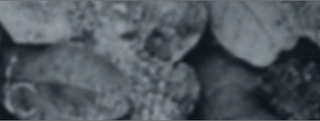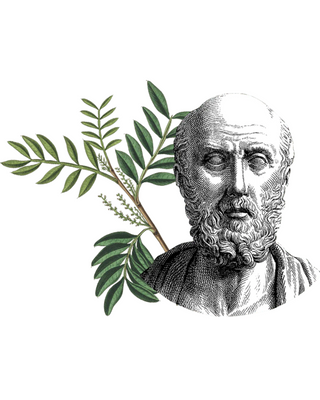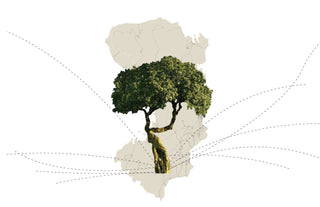

History of Mastiha
From Antiquity to the Present Day

Ancient Years
In antiquity, Greek and Latin physicians, such as Hippocrates,Galinos and Dioscourides discovered the medicinal properties of mastiha, which they called the "lentisk resin".
Roman Times - Byzantium
In Roman times, the emperor Heliogabalus first mixed mastiha oil with wine and called it "mastiha wine". The women use toothpicks made of mastiha-tree wood as a bleach. The custom is maintained in the Middle Ages.During the Byzantine period, mastiha was amongst the few exportable luxury goods of Constantinople, bringing in 120,000 gold coins to the imperial coffers of the island’s governor.
The end of the war and the restoration of normalcy prompted producers to re-gum production. Product but could not gain the previous entire production, the State.
Genoese domination - Ottoman empire
The passage of the Genovese from Chios (1346-1566) systematized the trade in mastiha, opening marketsin East and West.
Mastiha travels to Yerevan, Cyprus, Rhodes, Venice and London, cities in which civilizations, people, religions and flavours mingled.During the period of the Ottoman Empire the Masticohoria (mastiha producing villages) were experiencing a period of great a period of great prosperity, though they were obliged to send the best quality of mastiha, to Constantinople, with the Sultan’s harem being the most prominent recipient.
According to Johann Michael Wansleban, a German theologian and traveller of the mid 17th century, notable Egyptians used to flavour their water vessels with mastiha to give the water a more pleasant taste.

Today
Thousands of years after the revelation of its secret, Mastic continues its journey around the world, always starting from 24 villages of Chios.
These villages, characterized as traditional or preserved settlements, are Agios Georgios, Armolia, Vavyli, Vessa, Vouno, Elata, Exo Didyma, Tholopotami, Thymiana, Kalamoti, Kallimasia, Katarraktis Lithi, Mesa Didyma, Mesta, Myrmigi, Nenita, Nechori, Olympi, Pagida, Patrika, Pyrgi and Flatsia.







